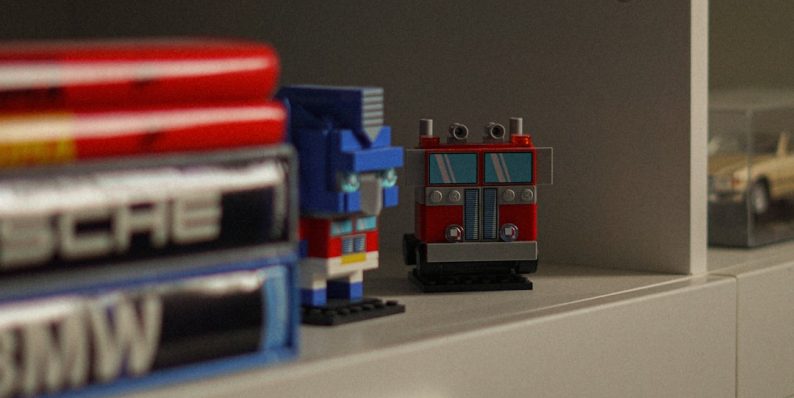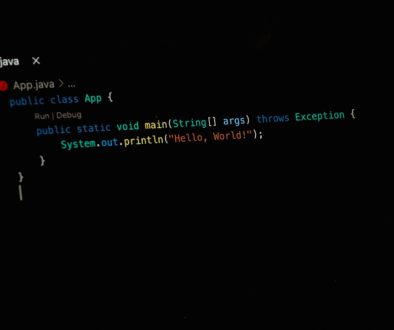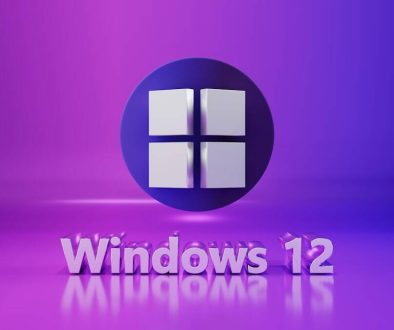Why Microsoft Removed Clippy from Office?
In the late 1990s and early 2000s, Microsoft Office users were met with a cheery digital assistant named Clippy. Officially named “Clippit,” this animated paperclip was designed to help users with various tasks in Word and other Office applications. Clippy would pop up with a friendly bounce, eyes wide open, and ask something like, “It looks like you’re writing a letter. Would you like help?” For some, Clippy was charming and helpful. For others, he was the embodiment of digital annoyance.
So why did Microsoft eventually remove Clippy from its popular Office suite? The decision wasn’t just about getting rid of a quirky character. It was a signal that Microsoft was evolving—responding to user feedback, adapting to modern UI principles, and realigning its strategy towards functionality and user efficiency.
Clippy’s Origins: A Vision of Helpfulness
Clippy debuted in Office 97 as part of Microsoft’s broader push to make computing more accessible. At the time, many users were still relatively new to personal computers, and the company wanted to introduce a solution that offered inline advice and contextual tips without needing to dig through manuals or help menus.
The idea behind Clippy came from a concept called “Lifeware” developed by Microsoft’s research team. The concept aimed to create more emotionally engaging computer interfaces. Enter Clippy—a personification of Microsoft Help, equipped with cheerful animations and canned advice to walk users through tasks.
While noble in intent, Clippy’s execution raised eyebrows and, oftentimes, user irritation.
What Went Wrong?
Despite Clippy’s optimistic start, the reality fell short of expectations. Microsoft had created an assistant with limited understanding of context, poor timing, and a tendency to interrupt. It wasn’t long before users viewed Clippy not as a helpful guide, but as an intrusive, distracting annoyance.
Here are some key issues that contributed to Clippy’s downfall:
- Interruptive Behavior: Clippy would often pop up unsolicited, pulling focus away from what users were doing, breaking the workflow rather than assisting it.
- Lack of Relevance: The help Clippy offered was often too generic or unrelated to the user’s actual task. This made the assistant seem more like a gimmick than a useful tool.
- Limited adaptability: Clippy had limited learning capabilities and could not adapt to repeated user rejections. Users became frustrated having to repeatedly dismiss it.
- Negative User Feedback: Microsoft’s own studies and broader tech industry commentary revealed a significant percentage of users actively disliked the assistant.
It didn’t help that even Microsoft employees reportedly disliked the interface. The backlash was so strong that Clippy became the butt of jokes in the industry. Microsoft’s own website eventually ran an ad mocking Clippy’s intrusiveness, signaling the company understood the public’s sentiment.

A Changing Interface Philosophy
The late 1990s was a turning point for software design. The idea of anthropomorphic assistants was being overtaken by a new emphasis on user-centered design. Users wanted cleaner interfaces, fewer distractions, and tools that adapted to them—not the other way around.
Clippy operated under the assumption that all users were beginners and needed constant guidance. But as people became more computer-literate, Clippy’s usefulness waned. Microsoft realized it needed smarter, more elegant ways of offering help—free of cartoon mascots and canned popups.
The rise of minimalist interface principles, especially those pioneered by companies like Apple, also played a role in Microsoft’s pivot. Rather than packing the screen with features and helpers, the trend shifted toward intuitive design that required less explanation in the first place.
The Final Goodbye
Clippy started becoming less prominent by the release of Office XP (2001), where the assistant was disabled by default. By Office 2007, Clippy and his animated friends were gone entirely. In fact, Microsoft had fully sunsetted the Office Assistant feature, closing the chapter on one of its most infamous UI experiments.
The decision was not taken lightly. Internally codenamed “TFC”—a not-so-subtle acronym standing for “The Friendly Character”—Clippy had been a significant investment for Microsoft. It also had brand recognition. But in the end, the desire to offer a more seamless and frustration-free user experience won out.
What Replaced Clippy?
Rather than relying on a cartoon figure, Microsoft integrated smarter, more context-aware help systems into its products. The Office Ribbon interface, introduced in Office 2007, was a key example of this shift. It placed commonly-used features in easy reach and made the need for assistant-driven help far less necessary.
Later innovations like Microsoft’s digital assistant, Cortana, and AI-based help suggestions in modern Office apps serve the same goal with far superior technology. These assistants quietly observe your behavior patterns and provide relevant assistance only when needed—without the fanfare of an animated character dancing on your screen.

Clippy’s Legacy: More Than Just a Paperclip
Despite the criticism, Clippy holds a special place in computing history. For many, he represents the early days of interactive software, when companies were still learning how to balance personality with practicality.
Interestingly, Microsoft has occasionally revived Clippy in nostalgic cameos. He’s appeared in stickers, Easter eggs, and even GitHub-themed April Fools’ jokes. In 2021, Microsoft briefly brought back a modernized Clippy as part of its updated emoji set for Windows, prompting both cheers and jeers from fans and critics alike.
Clippy’s enduring fame—despite his short digital life—teaches us a vital lesson in software design: that good intentions are not enough. For tools to genuinely help, they need to:
- Be contextually aware and relevant,
- Respect the user’s time and focus,
- Offer value without demanding attention,
- Scale with a user’s skill and comfort level.
The Evolution of Digital Assistants
Today, we live in an era where digital assistants like Siri, Alexa, and Google Assistant can process speech, understand context, and complete multi-step tasks. These systems are born from decades of user feedback and technology development—including, arguably, the lessons learned from Clippy’s failures.
Modern assistants are largely opt-in, respectful of user input, and designed with the core principle of enhancing workflow rather than interrupting it. Unlike Clippy, who assumed presence equaled relevance, today’s AI tools strive to remain quietly powerful in the background until needed.
Conclusion: From Mascot to Memory
Clippy is gone, but certainly not forgotten. Whether you loved him or loathed him, he symbolized a unique era in software development—a time when companies weren’t afraid to experiment with personality in their products, for better or worse.
Microsoft’s decision to remove Clippy wasn’t just a reaction to criticism. It marked a broader shift in how technology companies approach usability, user trust, and product evolution. By listening to its users and acknowledging Clippy’s limitations, Microsoft was able to usher in more sophisticated, helpful, and less intrusive ways of offering assistance.
And even now, decades later, seeing those googly eyes still evokes a mix of nostalgia and relief, reminding us just how far user interface design has come.
- Using Tolowercase Javascript on Strings - December 10, 2025
- Is Your Anti-Virus or Firewall Blocking Legitimate Apps? — How Security Software Can Interfere with Downloads & What Settings to Check - December 10, 2025
- Why Some Games Crash Right After Installing — Common Issues with Drivers, Windows Updates, Permissions & Store-Linked Launchers in 2025 - December 9, 2025
Where Should We Send
Your WordPress Deals & Discounts?
Subscribe to Our Newsletter and Get Your First Deal Delivered Instant to Your Email Inbox.



